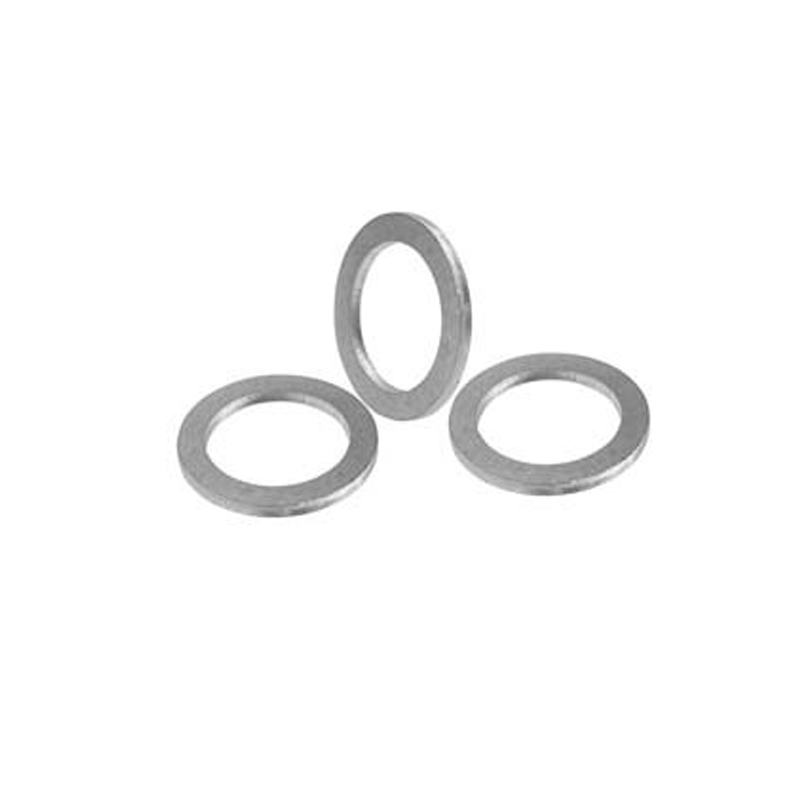Transmission Selector Shaft Seal Replacement Guide for Optimal Performance and Durability
Understanding the Importance of the Transmission Selector Shaft Seal
The transmission selector shaft seal, often overlooked in auto maintenance, plays a critical role in the performance and longevity of a vehicle's transmission system. This seemingly small component has a significant impact on the overall efficiency and functionality of a car’s transmission, making it essential for both vehicle owners and mechanics to understand its importance.
What is the Transmission Selector Shaft Seal?
The transmission selector shaft seal is a rubber or polymer seal that is located at the point where the selector shaft exits the transmission housing. The selector shaft itself is responsible for controlling the selection of gears within an automatic transmission. When the driver shifts gears, the selector shaft moves, and the seal prevents transmission fluid from leaking out of the housing. This fluid not only lubricates the internal parts of the transmission but also ensures the proper functioning of the gear selection mechanism.
Why Is the Seal Important?
1. Prevention of Fluid Leaks One of the primary functions of the transmission selector shaft seal is to prevent fluid leaks. If the seal becomes worn or damaged, transmission fluid can escape, leading to a drop in fluid levels. Low fluid levels can result in insufficient lubrication and overheating, causing extensive damage to the transmission system.
2. Optimal Performance A well-functioning transmission is crucial for the optimal performance of a vehicle. The selector shaft seal helps maintain the appropriate pressure within the transmission. This pressure is necessary for the hydraulic action that allows smooth shifting of gears. If the seal fails, it can lead to shifting issues, erratic gear changes, or even transmission failure.
3. Cost-Effective Maintenance Regular inspection and maintenance of the transmission selector shaft seal can save vehicle owners from costly repairs down the line. A minor leak or wear can be addressed before it escalates into a more significant problem that might require a complete transmission overhaul or replacement.
transmission selector shaft seal

Signs of a Failing Selector Shaft Seal
As with any vehicle component, it is essential to be vigilant about the signs of a failing selector shaft seal. Common indicators include
- Transmission Fluid Leaks Puddles or stains of reddish-brown fluid underneath the vehicle can signify a leak. - Shifting Issues Difficulty in shifting gears or a delay when changing gears can indicate that the seal is compromised, affecting the transmission’s performance. - Unusual Noises Grinding or clunking noises when shifting can also point to potential issues with the selector shaft seal or other transmission components.
Replacement and Maintenance
Replacement of the transmission selector shaft seal is typically performed during routine maintenance or when a leak is detected. It is advisable to have this service undertaken by a qualified mechanic, as accessing the seal may require the removal of certain transmission components. During replacement, it is essential to inspect surrounding components for any signs of wear or damage to ensure comprehensive maintenance of the transmission system.
Conclusion
The transmission selector shaft seal is a critical component that plays a vital role in ensuring the seamless operation of a vehicle's transmission. Regular maintenance, along with recognizing the signs of a failing seal, can help vehicle owners maintain their cars in optimal condition and avoid expensive repairs. By understanding its importance, you can contribute to the longevity of your vehicle's transmission and enjoy a smoother driving experience. Always consult with a professional mechanic for any concerns regarding the transmission system, and never underestimate the importance of this small yet significant part of your vehicle's functionality.
-
Understanding the Front Main Engine Seal: Purpose, Maintenance, and Installation
News Jul.29,2025
-
Understanding O-Rings and Seal Rings: Types, Applications, and Custom Solutions
News Jul.29,2025
-
Understanding Crankshaft Oil Seals: Rear Seals, Pulley Seals, and Their Role in Engine Integrity
News Jul.29,2025
-
The Importance of Front and Rear Crankshaft Seals in Engine Performance and Oil Management
News Jul.29,2025
-
Crank Oil Seals: Functions, Types, and Cost Considerations in Engine Maintenance
News Jul.29,2025
-
A Comprehensive Guide to O-Rings and Seals: Types, Materials, and Global Applications
News Jul.29,2025
-
Mastering Diesel and Performance Engine Maintenance: A Guide to Critical Oil Gaskets
News Jul.28,2025
Products categories















